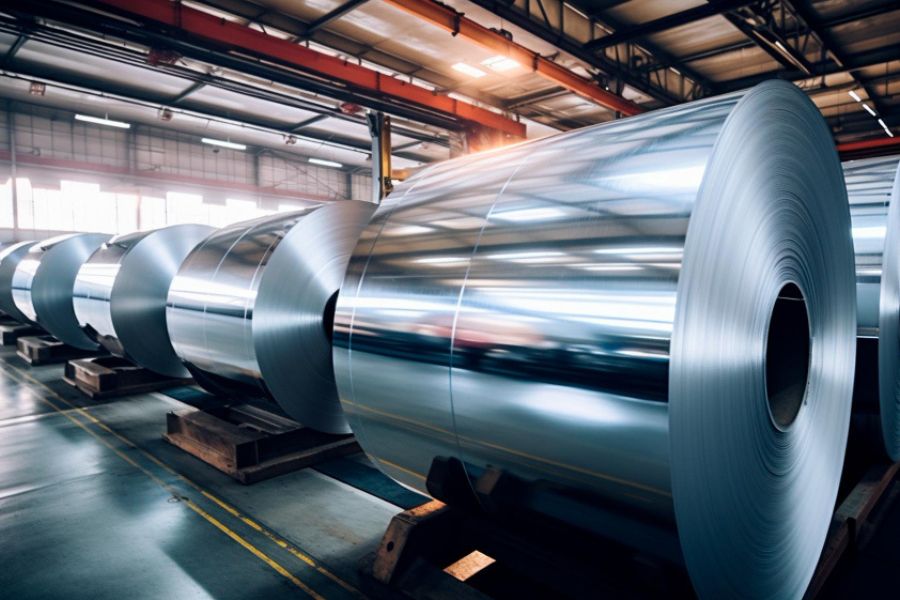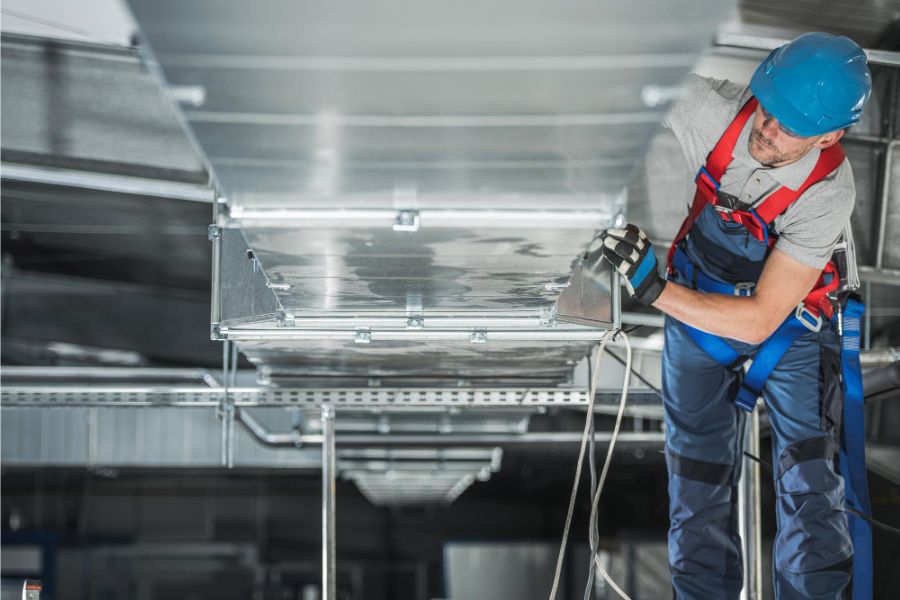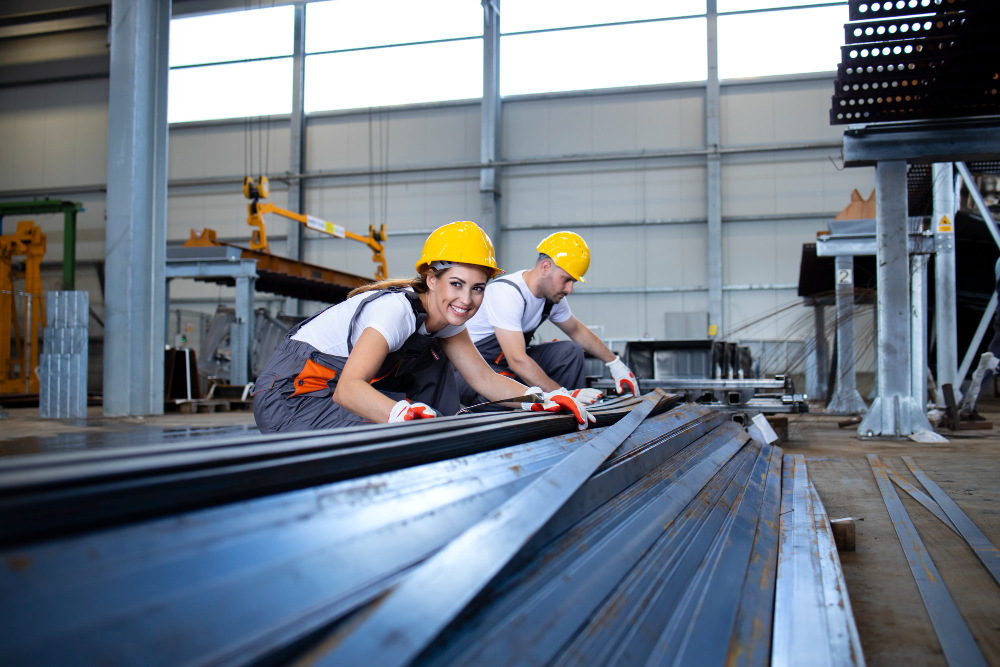Corrosion Protection for Steel: Ensuring Longevity and Structural Integrity
The importance of protecting steel from corrosion, especially in harsh environments or when exposed to moisture and chemicals, cannot be overstated, especially considering its widespread use in construction, infrastructure, and various industries. Steel’s strength and versatility make it a popular choice, but its susceptibility to corrosion necessitates proactive measures to ensure its longevity and structural integrity. Corrosion protection for steel is essential to maintain its structural integrity, prolong its lifespan, and reduce maintenance costs.
Importance of Protecting Steel from Corrosion
Steel is a widely used material in construction, infrastructure, and various industries due to its strength and versatility. However, steel is prone to corrosion, especially in harsh environments or when exposed to moisture and chemicals. Protecting steel from corrosion is essential to maintain its structural integrity, prolong its lifespan, and reduce maintenance costs. Corrosion protection for steel is critical in ensuring its durability and long-term performance.
Overview of Common Methods for Corrosion Protection
Coatings: Applying protective coatings, such as paint or epoxy, creates a barrier between the steel and its environment, preventing corrosion-causing substances from reaching the metal surface. This method is a key aspect of corrosion protection for steel and is widely used in various industries and applications.
Cathodic Protection: This method involves making the steel structure a cathode in a corrosion cell, which prevents the oxidation process that leads to corrosion. Common techniques include sacrificial anodes and impressed current systems.
Alloying: Adding alloying elements, such as chromium, nickel, or copper, to the steel composition can enhance its corrosion resistance. Stainless steels, for example, contain chromium to form a passive oxide layer that protects the underlying steel.
Design Considerations: Proper design, including drainage systems, ventilation, and material selection, can minimize exposure to corrosive environments and reduce the risk of corrosion, ensuring effective corrosion protection for steel structures.
Causes of Corrosion in Steel
Corrosion in steel is primarily caused by electrochemical reactions between the metal and its environment. Factors that contribute to these reactions include exposure to moisture, oxygen, and corrosive substances such as acids and salts. Other factors, such as temperature, pH levels, and the presence of microorganisms, can also accelerate the corrosion process.
Effects of Corrosion on Steel Structures
Corrosion can have detrimental effects on steel structures, compromising their strength and durability. It can lead to the formation of rust and other corrosion by-products, which can weaken the steel and eventually cause structural failure. Corrosion can also increase maintenance costs and shorten the lifespan of steel structures.
Rust: Rust is a common form of corrosion that occurs when iron or steel reacts with oxygen and moisture to form iron oxide (rust). Rust can weaken the metal and cause it to flake and disintegrate over time, highlighting the importance of effective corrosion protection for steel to prevent such damage
Pitting Corrosion: Pitting corrosion is a form of localized corrosion that creates small pits or holes in the metal surface. It is often caused by the presence of chloride ions in the environment and can lead to rapid deterioration of the metal if not addressed. Implementing effective corrosion protection for steel is crucial to prevent pitting corrosion and maintain the structural integrity of steel structures.
Galvanic Corrosion: Galvanic corrosion occurs when two different metals are in contact in the presence of an electrolyte, such as saltwater. The more reactive metal (anode) corrodes preferentially, while the less reactive metal (cathode) is protected.
Stress Corrosion Cracking: Stress corrosion cracking is a form of corrosion that occurs under tensile stress in a corrosive environment. It can lead to sudden failure of the metal, even at stress levels below its yield strength.
General Corrosion: General corrosion, a form of uniform corrosion, affects the entire surface of steel when exposed to corrosive environments, leading to a gradual loss of material thickness. This type of corrosion is a significant concern in the context of corrosion protection for steel, highlighting the importance of implementing effective preventive measures to prolong the lifespan of steel structures.
Methods of Corrosion Protection
Painting: Applying paint to steel surfaces creates a barrier that prevents moisture and corrosive substances from coming into contact with the metal, providing effective corrosion protection for steel. The paint acts as a protective layer, reducing the rate of corrosion.
Coating with Metals (e.g., Galvanization): Galvanization involves coating steel with a layer of zinc, which acts as a sacrificial anode, corroding preferentially to protect the underlying steel. This method is effective in preventing corrosion in harsh environments.
Cathodic Protection: This method involves making the steel structure a cathode in a corrosion cell, which prevents the oxidation process that leads to corrosion. Common techniques include sacrificial anodes and impressed current systems.
Control of Environmental Conditions
Humidity Control: Maintaining appropriate humidity levels can help prevent corrosion by reducing the amount of moisture in the air. This is particularly important in indoor environments where high humidity can accelerate corrosion rates. Dehumidifiers and proper ventilation systems can be used to control humidity levels.
Temperature Control: Temperature can also affect the rate of corrosion. Higher temperatures can accelerate corrosion reactions, especially in the presence of moisture and corrosive substances. Controlling the temperature of the environment can help reduce corrosion rates and extend the lifespan of steel structures.
Factors Influencing the Choice of Protection Methods
Cost: The cost of corrosion protection methods, including materials, installation, and maintenance, is a key factor in the selection process. Cost-effective solutions that provide long-term protection are often preferred.
Durability: The durability of the protection method is crucial, especially in harsh environments. Methods that offer long-term protection and require minimal maintenance are favored. This ensures that assets remain protected without frequent interventions, reducing operational downtime and costs associated with upkeep.
Environment: The specific environmental conditions, such as exposure to moisture, chemicals, or saltwater, play a significant role in determining the most suitable corrosion protection method. The method chosen should be able to withstand these conditions effectively.
Frequently Asked Questions
Q: Why is corrosion protection for steel important?
A: Corrosion protection for steel is crucial to maintain its structural integrity, prolong its lifespan, and reduce maintenance costs, especially in harsh environments or when exposed to moisture and chemicals.
Q: How does corrosion occur in steel?
A: Corrosion in steel is primarily caused by electrochemical reactions between the metal and its environment, including exposure to moisture, oxygen, acids, salts, temperature variations, pH levels, and microorganisms.
Q: How can environmental conditions be controlled to prevent corrosion?
A: Environmental conditions, such as humidity and temperature, can be controlled using dehumidifiers, proper ventilation, and temperature control systems to reduce corrosion rates and protect steel structures.
Closing Insights
Corrosion protection for steel is not only about preventing rust but also about maintaining safety, reducing maintenance costs, and extending the lifespan of steel structures. As an institute dedicated to the study and prevention of corrosion, CORCON emphasizes the importance of selecting the right corrosion protection methods based on factors such as cost, durability, and environmental conditions.
Image Reference: Freepik
Disclaimer: All trademarks, logos, and brand names are the property of their respective owners. All company, product, and service names used in this website are for identification purposes only. Use of these names, trademarks, and brands does not imply endorsement.



